The Psychology of Scares: A Look at the Horror Elements in Resident Evil Village
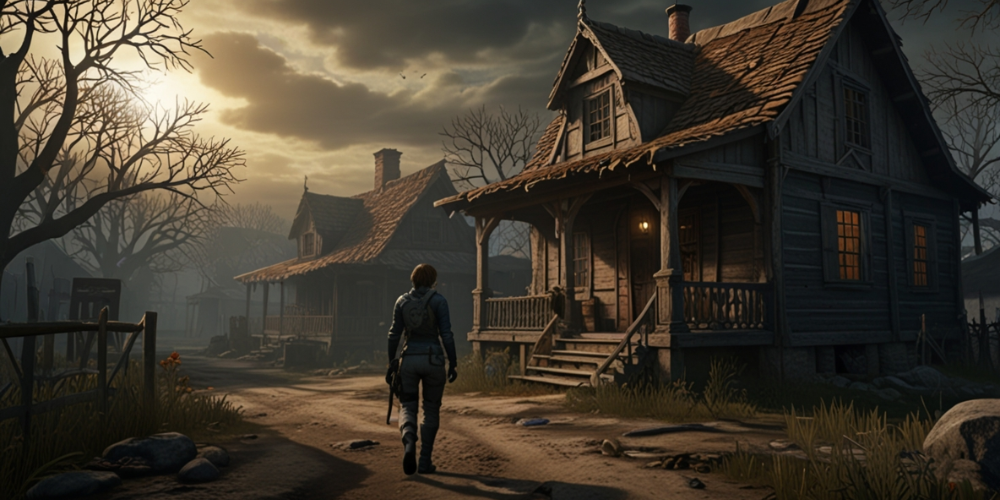
The beauty of a well-crafted horror experience does not solely lie in its immediate ability to frighten or startle but rather in the subtle undercurrent of emotional catharsis it can offer. It's an art - a subtle dance between the creator and the recipient. Capcom's dread, relief, tension, and anticipation are deftly balanced to craft an experience with lasting psychological impact.
Among the myriad available mediums, video games are particularly potent vehicles for delivering this exhilarating tapestry of sensations. The interactive nature of video games - their ability to plunge players into vivid, immersive worlds - renders them a uniquely effective platform for engendering fear. Not merely a passive recipient of the horror, the player actively participates in it, amplifying the emotional stakes and making the experience all the more visceral.
Within horror video games, Resident Evil Village, the latest installment in Capcom's survival horror series, has garnered widespread acclaim. Its success is rooted not just in the gruesome monsters that adorn its facade but in its distinguished finesse in manipulating fear. It does not merely resort to cheap jump scares but instead engineers a rich, unsettling atmosphere replete with elements designed to poke at the primal corners of human fear.
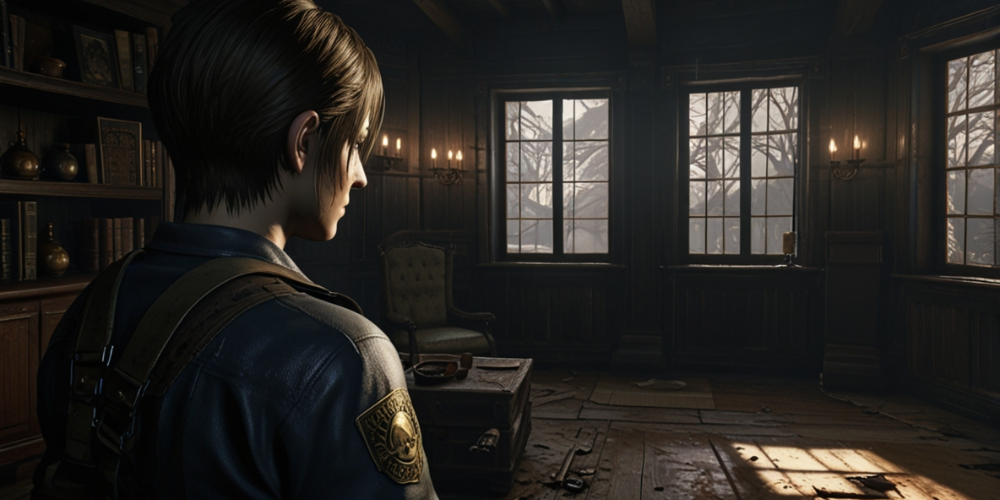
This article aims to play the layers of obvious horror decorating Resident Evil Village and delve deep into the underlying psychology of the elements at play. How does the game navigate the intricate labyrinth of the human psyche to craft an experience that's thrilling, haunting, and undeniably gripping? It's time to shine a light into the shadows and explore the mechanics of fear that underpin the disquieting world of Resident Evil Village.
Uncanny Valley: The Strangeness in Familiarity
The Uncanny Valley is a remarkable concept that originated from robotics and aesthetics but has since been extended to various other realms, including psychology and horror aesthetics. It proposes that when objects- inanimate or otherwise- mimic human-like characteristics closely but not pinpoint perfectly, they evoke a deep-rooted sense of unease or even repulsion. This is largely due to the brain's inability to reconcile the familiar with the inexplicably foreign, plunging it into a whirlpool of discomforting uncertainty.
Resident Evil Village utilizes this profound psychological concept to a masterful level. By deliberately crafting in-game characters that walk the tightrope between the real and the surreal, the game capitalizes on the terrifying potential of the Uncanny Valley and ratchets up the horror quotient.
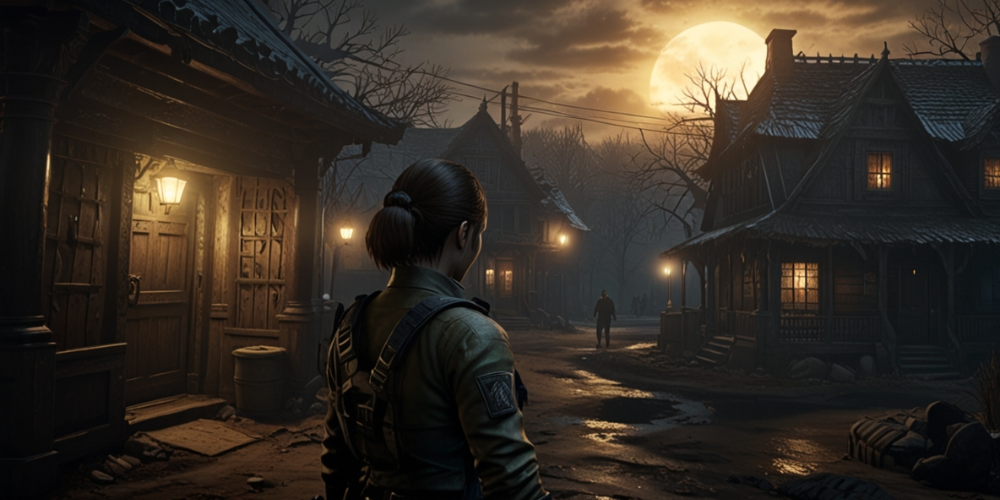
Prominent among such characters are the game's antagonists - the enigmatic Lady Dimitrescu and her macabre daughters. On the surface, they resemble human females- stunningly aesthetic in their sculpted features and refinement. Yet, underneath this captivating facade lurks an insidious mix of nuances that jolt us out of our comfort zone. Their towering height, ghastly pallor, unnerving grins, and sudden violent outbursts are stark reminders of their otherworldly nature, birthing a chilling amalgamation of fascination and revulsion in players.
This fine line of believability that the character models tread instills a profound discomfort in the player. We are drawn, yet repelled - intrigued, yet terrified. This paradox of emotions makes exploring the Uncanny Valley an effective tool in Resident Evil Village's arsenal, subtly manipulating our minds into a state of relentless unease.
Ambience: The Silent Perpetrator of Fear
Ambiance often plays the unsung hero in orchestrating any horror experience. Neither as noticeable as overtly grotesque creatures nor as immediate as adrenaline-inducing jump scares, the ambiance forms the subtle yet potent undercurrent that molds the mood of the experience. It structures the invisible backdropVillage'swhich the events unfold, manipulating emotions in a subdued yet profound manner that echoes long after the immediate shocks have faded.
In Resident Evil Village, the environment plays a pivotal role in crafting this haunting ambiance. The game is set against unceasingly bleak backdrops - windswept fields shrouded in grey, derelict houses worn down by the relentless passage of time, and imposing castles that hide a labyrinth of shadowy corridors. Each area is often plunged into unsettling tranquility, broken only intermittently by the eerie whispers of invisible specters, the jarring creak of old doors, or sudden, heart-stopping noises, effectively amplifying the invoking an overpowering fear of the unknown.
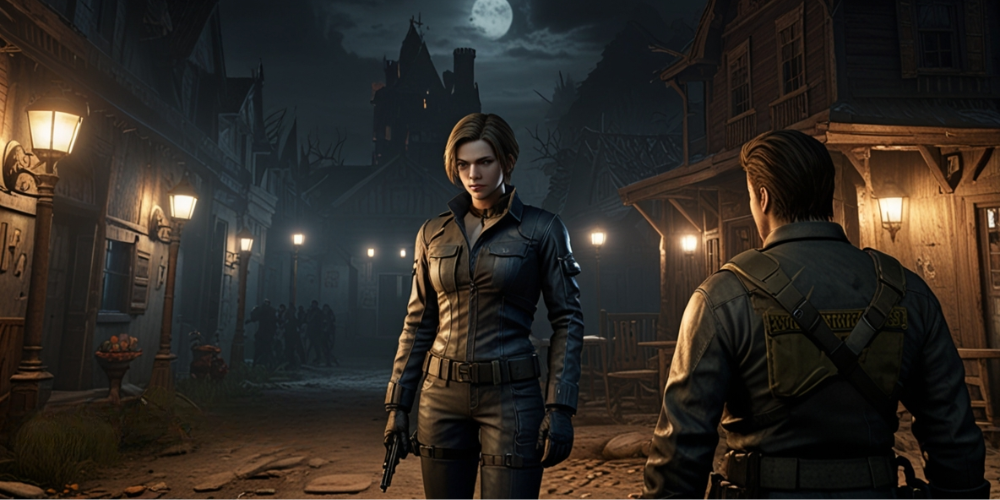
Lighting, too, plays a vital role in the genre's carefully constructed ambiance. Resident Evil Village masterfully experiments with shifts in light and shadow, painting each scene with tones of dread and apprehension. The subtle interplay of light and darkness, the stark contrasts that highlight the grotesque, and the strategic placement of shadows all contribute to establishing a sense of constant vigilance in players. The sensation that threats may lurk around any corner creates a chilling foreboding, making each footstep a life-or-death decision.
Thus, while ambiance may not headline the horror show, horror experiences would be stripped of their lingering eeriness without its unrelenting presence. In Resident Evil Village, the beautifully crafted ambiance is as horrifying and visceral as the monstrous inhabitants that roam its world, serving as a testament to the power of the unseen and unsaid in amplifying fear.
The Element of Surprise: Juxtaposition of Calm and Chaos
Fear often strikes when least expected, an element Resident Evil Village masterfully manipulates. The game uses serene moments as bait, lulling players into a deceptive sense of safety only to shatter it with unexpected chaos. The impact of jump scares, sudden enemy attacks, or surprising plot developments keeps players on edge, maintaining a constant adrenaline-rushed state of anxiety and tension.
Hope as a Weapon: The Vicissitudes of Control
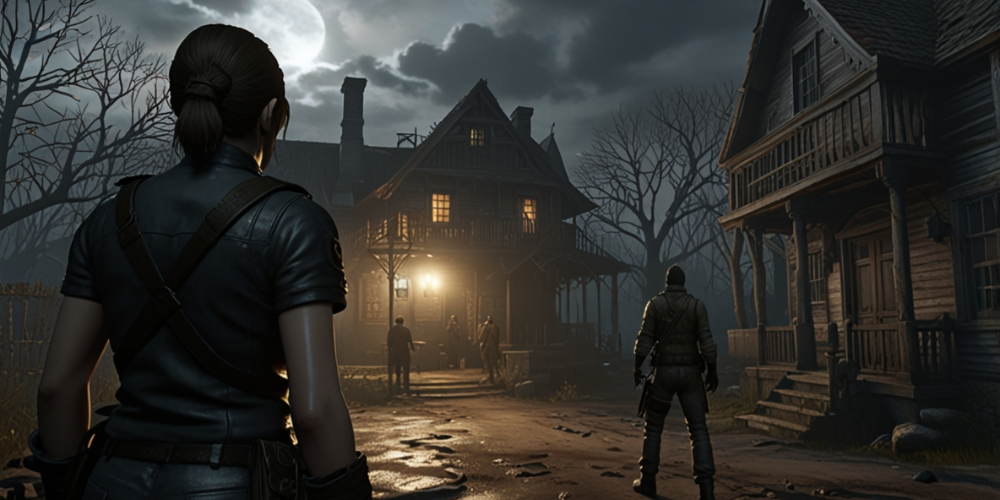
Control is a much-debated aspect of horror game design. Resident Evil Village maneuvers this element deftly by introducing fluctuations in control. At times, the game hands the reins to the players, providing them with weaponry to defend themselves, which instills a sense of safety. However, with masterful sleight of hand, the game introduces formidable antagonists or places the player in situations where their defenses are stripped down, replacing the earlier feelings of safety with helpless desperation.
Terror in Isolation: Alone Among the Monsters
Isolation augments the recipe for fear. Resident Evil Village's setting in an isolated Romanian village with gothic castles, dark forests, and gloomy factories amplifies the feelings of abandonment and vulnerability. Moreover, ambiguously helpful NPCs and an uncaring, chilly environment only magnify these feelings, creating an existential dread.
Conclusion: Varied Facets of Fear
Combining a gripping narrative with meticulously crafted design, Resident Evil Village presents an engrossing horror experience. The use of uncanny resemblances, ambiance, surprise elements, manipulation of control, and isolation work together to massage the psychological triggers of fear, leaving a memorable imprint on the player's mind. Intriguing and terrifying, Resident Evil Village is a testament to the horror genre's ability to manipulate the psyche and its profound understanding of the deepest, most basic human fears.







